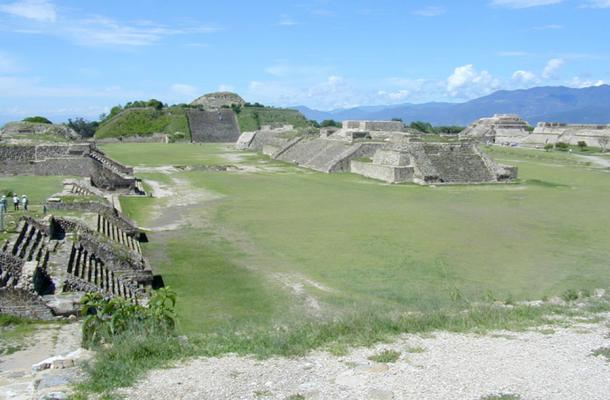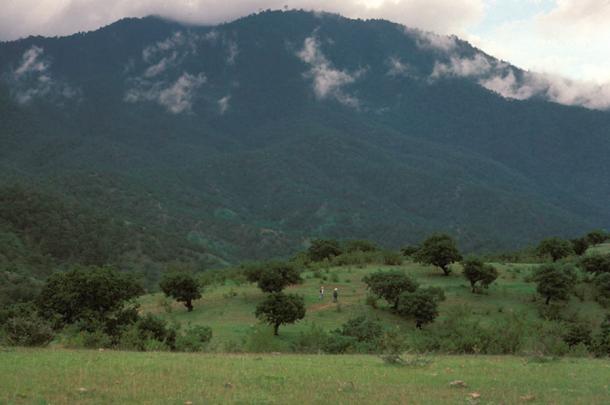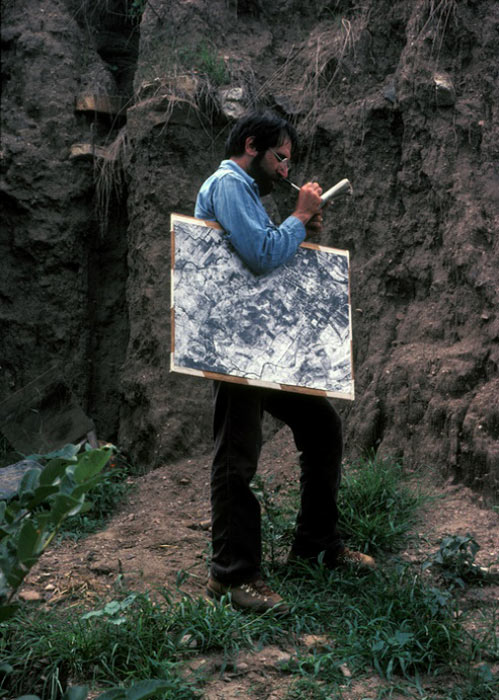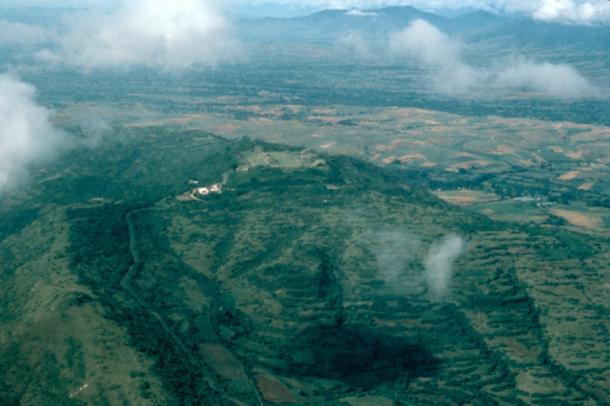
Did Social Balance Lead to Success for Pre-Columbian Monte Albán?
Monte Albán in southern Mexico was different from all surrounding Mesoamerican cities, claims a new study. Not only did neighbors share their resources, but the community seemed to exist without powerful elite rulers.

The main plaza at the center of Monte Alban in Mexico. (Linda Nicholas / Field Museum)
1,300 Years of Sustained Success at Monte Albán
Monte Albán was founded in 500 BC on a low mountainous range rising above the plain in the central section of the Oaxaca Valley, in the Santa Cruz Xoxocotlán Municipality of southern Mexico. The site experienced rapid growth and soon became the region’s main population center and remained as such for the next 1,300 years.
- The Zapotecs of Monte Alban - The First Civilization in Western Mexico?
- Enormous Ancient Building Identified Beneath Monte Albán’s Main Plaza
This city survived after all other pre-Hispanic Mesoamerican cities fell to the invading conquistadors. Now, Gary Feinman and Linda Nicholas have published a new study through the Field Museum suggesting new reasons for Monte Albán’s rapid growth and survival into colonial times.

Gary Feinman and crew member surveying a ridge in southern part of the Valley of Oaxaca in the 1980s. (Linda Nicholas / Field Museum)
Questioning the Causes of Monte Albán’s Rise
Gary Feinman is the Field Museum’s MacArthur Curator of Anthropology and co-author of the new study published in Frontiers in Political Science. If you don’t already know, political scientists look at how politics and power unfolded in the ancient world. To better understand social classes, governmental laws and war, political scientists address history not only from a domestic point of view, but also from comparative international perspectives.
According to Feinman, he and his colleagues have been researching in the Oaxaca Valley for 40 years, and have long wondered why Monte Albán and its surrounding area attracted so many people. Furthermore, it had always been a mystery how this city managed to sustain itself for so long. But now, the researchers have maybe answered these long outstanding questions.

Gary Feinman, co-author of the new study, on survey in the 1980s, holding air photo under his arm as he takes notes on exposed architecture in a pre-Hispanic mound. (Linda Nicholas / Field Museum)
Agricultural Superiority Is Doubtful
Over the years “a few competing ideas have been advanced” to explain the city’s rapid growth, said Feinman. One of the most popular traditional theories was that of coercion, meaning wealthy powerful rulers forced people move to and work at Monte Albán. Another idea was that the region had good quality farming lands.
However, Feinman and Nicholas looked over decades of research and found that good agricultural land was “unevenly distributed in the Valley of Oaxaca.” Archaeology explains that they claimed this fact makes it “unlikely that the site for Monte Albán was chosen for its agrarian potential.”

Monte Albán from the air. 100s of pre-Hispanic residential terraces descend the slopes below the main plaza at the top of the hill. (Linda Nicholas / Field Museum)
When the Cats Are Away, the Mice Don’t Always Play
Feinman said previous archaeological surveys of this region conducted by Richard Blanton and Stephen Kowalewski indicated that most residents lived on “flattened terraces constructed on the slopes of hills and individual houses consisted of multiple rooms arranged around a patio.” Furthermore, most often the homes shared a front retaining wall and drains that separated the residences. All of these observations hinted at a community of people not competing with, but cooperating with, their neighbors.
- Maya Wealth Inequality Was Linked to Despotism, Claims Belize Study
- Rising Inequality Began with Agriculture and Domestication of Plants and Animals
Unlike almost all other cities from ancient Mesoamerica this one doesn’t have palaces, elaborate elite burials or grand monuments associated with powerful ruling families. Feinman said when all these findings are brought together they suggest people were drawn to the site because it is located on a defendable hilltop location with a “more collective form of government where folk freely exchanged goods in its marketplaces.”
The Controversies of Political Science
Political scientists, like other social and natural scientists, claim to formulate theories based on gathered data. However, critics maintain politics and science are most often out of balance, which means political scientists are prone to gathering and presenting irrelevant facts and misleading theories to support politically correct modern narratives.
An example of this is this recent claim that Monte Albán was a community functioning with no social classes or elites, a claim to which skeptics might say “archaeologists just haven’t found their bodies yet.” In 2020, Nature experienced increasing members of their audience suggesting that “ Nature has no place in political discussions.” In response, to explore the clashing that occurs when politics meets science, a three part nature podcast presents the history, philosophy and reality of science’s complicated relationship with politics.
Top image: The Monte Alban archaeological site in Mexico. Source: WitR / Adobe Stock
By Ashley Cowie
















Comments
People thousands of years ago didn't just build this for tourists who come much much later. They had a reason and a plan. Just because we don't know what that was, doesn't mean it's easy to second guess their motivation. I'm glad it's been preserved. I like the mystery. I wonder what did excite them to get up every morning and go set stones. And what did they eat? I just hope it wasn't each other..